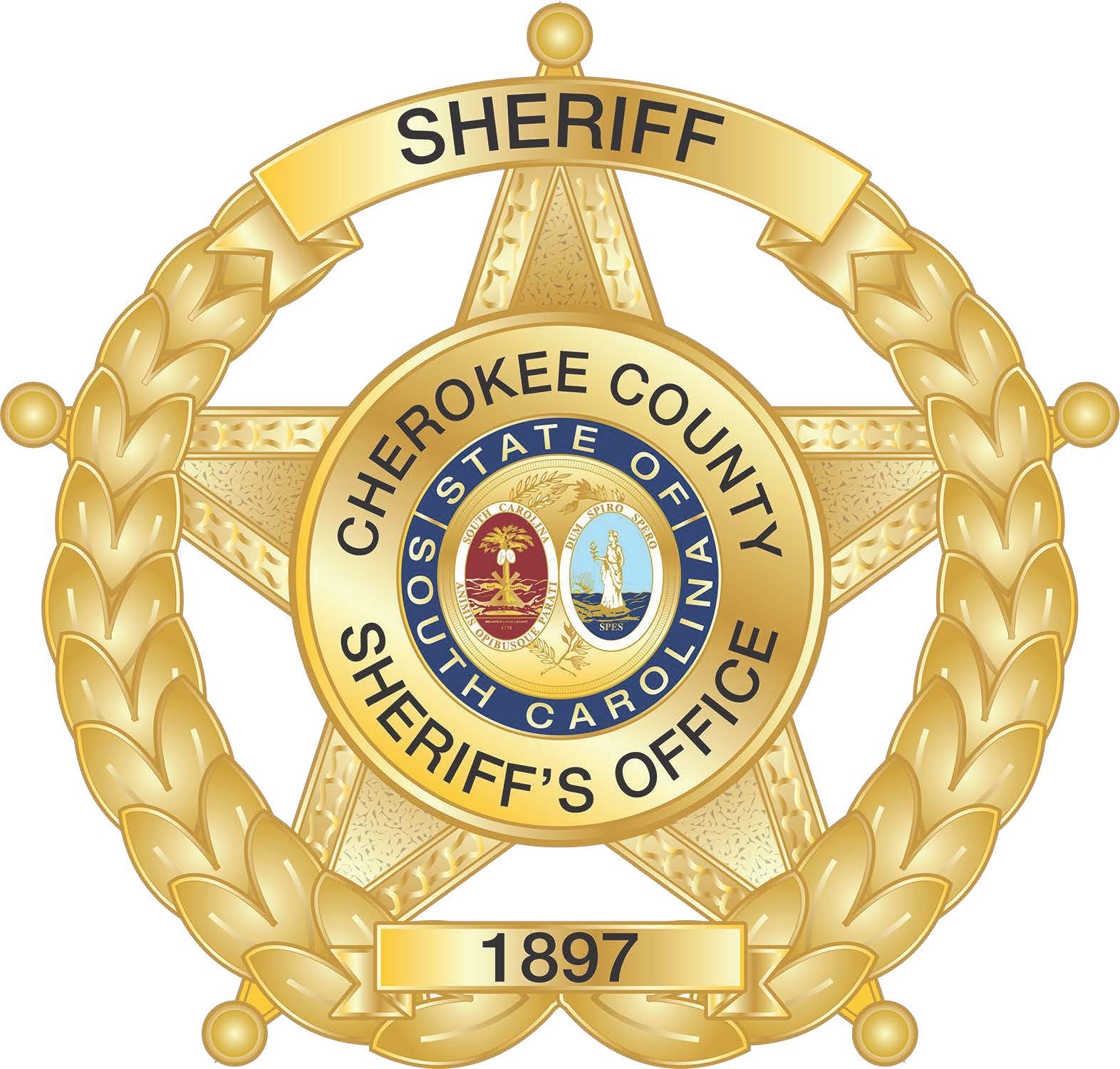Counterfeit Money
The counterfeiting of money is one of the oldest crimes in history. At some periods in early history, it was considered treasonous and was punishable by death.
Today, counterfeiting once again is on the rise. One reason for this is the ease and speed with which large quantities of counterfeit currency can be produced using modern photographic and printing equipment.
You can help guard against this threat by being more familiar with our currency. Only with the public's cooperation can we hope to reduce and control this crime.
How To Detect Counterfeit Money
The public has a role in maintaining the integrity of our currency. You can help guard against the threat from counterfeiters by becoming more familiar with United States currency.
Look at the money you receive. Compare a suspect note with a genuine note of the same denomination and series, paying attention to the quality of printing and paper characteristics. Look for differences, not similarities.
Portrait
The genuine portrait appears lifelike and stands out distinctly from the background. The counterfeit portrait is usually lifeless and flat. Details merge into the background which is often too dark or mottled.
Federal Reserve and Treasury Seals
On a genuine bill, the saw-tooth points of the Federal Reserve and Treasury seals are clear, distinct, and sharp. The counterfeit seals may have uneven, blunt, or broken saw-tooth points.
Border
The fine lines in the border of a genuine bill are clear and unbroken. On the counterfeit, the lines in the outer margin and scrollwork may be blurred and indistinct.
Serial Numbers
Genuine serial numbers have a distinctive style and are evenly spaced. The serial numbers are printed in the same ink color as the Treasury Seal. On a counterfeit, the serial numbers may differ in color or shade of ink from the Treasury seal. The numbers may not be uniformly spaced or aligned.
Paper
Genuine currency paper has tiny red and blue fibers embedded throughout. Often counterfeiters try to simulate these fibers by printing tiny red and blue lines on their paper. Close inspection reveals, however, that on the counterfeit note the lines are printed on the surface, not embedded in the paper. It is illegal to reproduce the distinctive paper used in the manufacturing of United States currency.
Raised Notes
Genuine paper currency is sometimes altered in an attempt to increase its face value. One common method is to glue numerals from higher denomination notes to the corners of lower denomination notes.
These bills are also considered counterfeit, and those who produce them are subject to the same penalties as other counterfeiters. If you suspect you are in possession of a raised note:
Compare the denomination numerals on each corner with the denomination written out at the bottom of the note (front and back) and through the Treasury seal.
Compare the suspect note to a genuine note of the same denomination and series year, paying particular attention to the portrait, vignette and denomination numerals.
If You Receive A Counterfeit
Do not return it to the passer.
Delay the passer if possible.
Observe the passer's description, as well as that of any accomplice, and the license numbers of any vehicles used.
Contact your local law enforcement agency. These numbers can be found on the inside front page of your local telephone directory.
Write your initials and the date in the white border areas of the suspect note.
Limit the handling of the note. Carefully place it in protective covering, such as an envelope.
Surrender the note or coin only to a properly identified law enforcement officer or U.S. Secret Service special agent.



